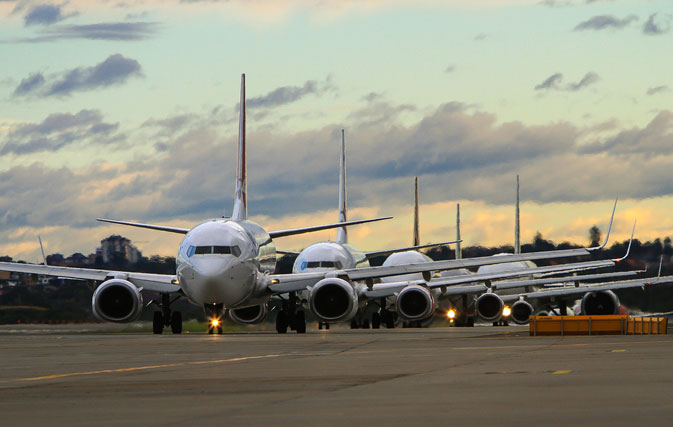GENEVA — If you think flying is a hassle now just wait a couple of decades.
IATA is projecting that passenger numbers will more than double in the next 20 years so unless there is substantial upgrades to infrastructure, the system will be strained.
IATA’s 20-year passenger growth forecast estimates that passenger numbers are expected to reach 7.3 billion by 2034. That represents a 4.1% average annual growth in demand for air connectivity that will result in more than a doubling of the 3.3 billion passengers expected to travel this year.
Among the highlights of the report is the expectation that China will overtake the United States as the world’s largest passenger market (defined by traffic to, from and within) by 2030. Both markets, however, are expected to remain the largest by a wide margin. In 2034 flights to, from and within China will account for some 1.3 billion passengers, 856 million more than 2014 with an average annual growth rate of 5.5%. Traffic to, from and within the U.S. is expected to grow at an average annual growth rate of 3.2% that will see 1.2 billion passengers by 2034 (559 million more than 2014).
The report, the first from the new IATA Passenger Forecasting service, produced in association with Tourism Economics, analyzes passenger flows across 4,000 country pairs for the next 20 years, forecasting passenger numbers by way of three key demand drivers: living standards, population and demographics, and price and availability.
By 2034 the five fastest-increasing markets in terms of additional passengers per year will be China (856 million new passengers per year), the U.S. (559 million), India (266 million), Indonesia (183 million) and Brazil (170 million).
Eight of the 10 fastest-growing markets in percentage terms will be in Africa with Central African Republic, Madagascar, Tanzania, Burundi and Kuwait making up the five fastest-growing markets.
In terms of country-pairs, Asian and South American destinations will see the fastest growth, reflecting economic and demographic growth in those markets. Intra-Pakistan, Kuwait-Thailand, United Arab Emirates (UAE)-Ethiopia, Colombia-Ecuador and intra-Honduras travel will all grow by at least 9.5% on average for the next 20 years, while Indonesia-East Timor will be the fastest growing pair of all, at 14.9%.
“At present, aviation helps sustain 58 million jobs and $2.4 trillion in economic activity. In 20 years’ time we can expect aviation to be supporting around 105 million jobs and $6 trillion in GDP,” said Tony Tyler, IATA’s Director General and CEO.
“Meeting the potential demand will require government policies that support the economic benefits that growing connectivity makes possible. Airlines can only fly where there is infrastructure to accommodate them.
“People can only fly as long as ticket taxes don’t price them out of their seats. And air connectivity can only thrive when nations open their skies and their markets. It’s a virtuous circle. Growing connectivity stimulates economies. And healthy economies demand greater connectivity. The message of this forecast is that there is great potential if all aviation stakeholders – including governments – play their role,” said Tyler.
The North American region will grow by 3.3% annually and in 2034 will carry a total of 1.4 billion passengers, an additional 649 million passengers a year.

